Collages By: Jamilla Okubo










Collages by: Jamilla Okubo
Shot and Directed by Sir Dex R. Jones
Garment Designs/Headpieces: Jamilla Okubo
Pattern Designs on Fabric: Jamilla Okubo
Model: Jamilla Okubo
This was a project for my final assignment, for my “Fashion, Illustration, & Performance” class at Parsons.. which could potentially become the start of my thesis for this year. The design process of these garments all started with two collages that I created with patterns that I made, then I decided to bring them to life by creating them into garments and wearing them myself.
-jamilla okubo
More Posts from Associationxamxam and Others
FAK'UGESI DIGITAL AFRICA CONFERENCE

Will be held at the Wits School of Arts on the 4th, 5th and 6th of December 2014.
Read More

Paris, 18 octobre 2013, 13.00, les lycéens sont dans la rue pour protester contre la stratégie du gouvernement qui consiste à spectaculariser les reconduites à la frontière des immigrés continuant ainsi fragiliser les plus vulnérables.
Space and Modernism in Ghanaian Architecture
Space and Modernism in Ghanaian Architecture
Commissioned work by South African freelance photographer Alexia Webster. This particular series is spellbounding in the way that it captures public spaces in Urban Africa. The series provokes the viewer to reinterpret architectural structures and you feel as though you are caught in between the present, past and future where the objects in the photos appear to be both geometrically ordered and…
View On WordPress

My interview just posted at The People Who Write.
photo credit Beowulf Sheehan


Khayelitsha, a human dumping ground of about 1 million people was built by the apartheid government and continues to be maintained by the current neoliberal ‘democratic’ regime. The townships are hell on earth. They are a space that dehumanises all those who live in it. by The Tokolos Stencil Collective









Fatoumata Diabaté: “Sutiki, la nuit est à nous”.
Started in Bamako, Mali, in 2004, Fatoumata Diabaté birthed this project out of an idea to capture how young African women express themselves through their choices of contemporary clothing. Diabaté aims to continue this project across several cities both in Africa and around the world.
Born in 1980 in Bamako, Mali, Fatoumata Diabaté received her initial experience at the Promo Femmes audio visual training centre before joining the Photography Training Centre (Centre de formation en photographie – CFP) in Bamako between 2002 and 2004. She continued her education with a one month internship at the vocational learning centre (Centre d enseignement professionnel) in Vevey, Switzerland and has participated in numerous workshops both in Mali and abroad.
She has participated in several group exhibitions (Bamako Encounters 2005, 2009 and 2011; Kornhaus Museum of Bern in Switzerland, etc.) and had several solo exhibitions (Festival of Visages francophones de Cahors, France; the Malians of Montreuil, outside the walls of the quai Branly museum, etc.)
She has reported for World Press Photo, Oxfam, Rolex. In December 2005, she received the Africa in creation prize of the French Association for Artistic Action (AFAA) for her work entitled Tuareg, in gestures and movements. In 2011 she was awarded the Blachère Foundation prize for her work entitled The Animal in Man; the prize was an atelier in Arles and an exhibition at the Blachère Foundation. She is currently developing an art project about soutiki youth (The night is ours).
Twitter | Facebook | Instagram | Pinterest | Soundcloud | Mixcloud
Lorna Simpson: Ebony Collages
website
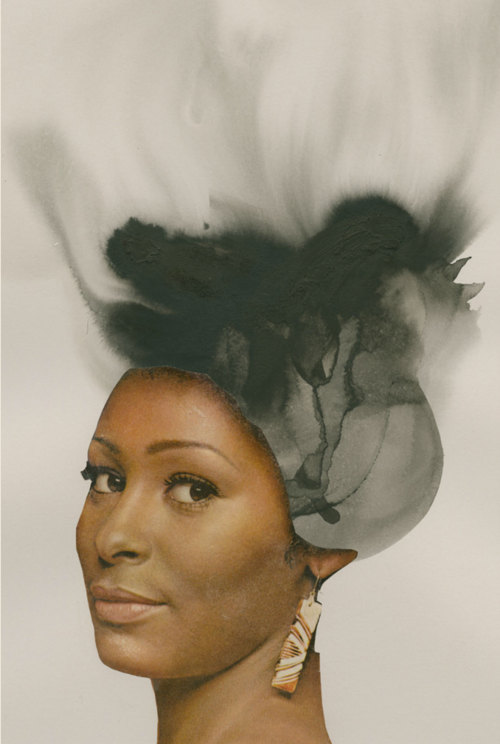
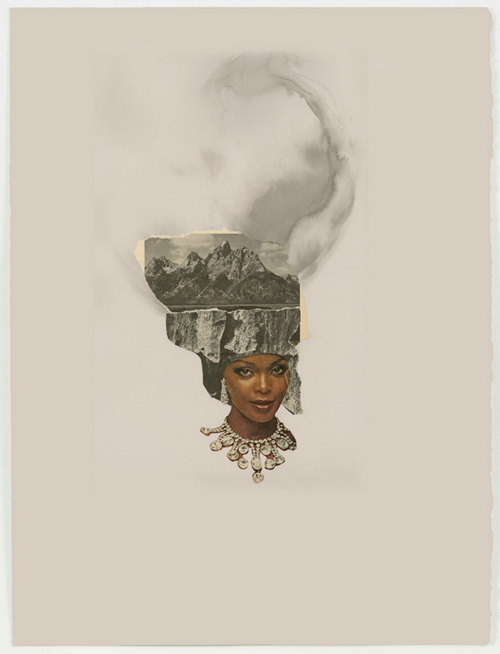
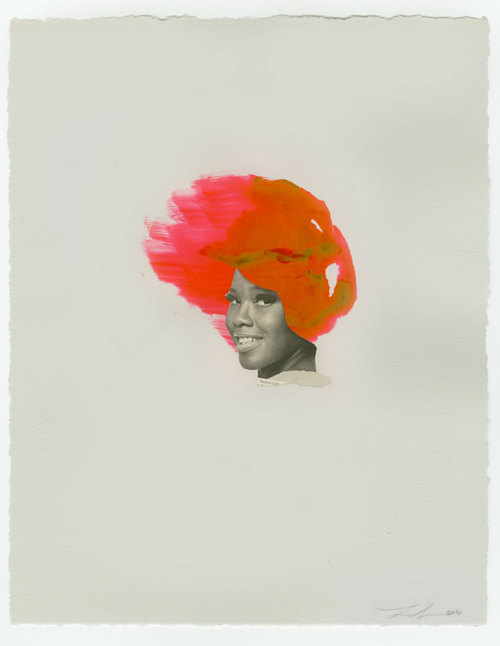
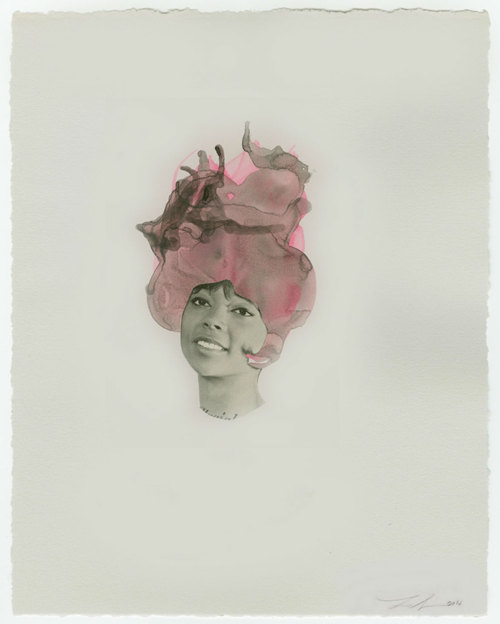
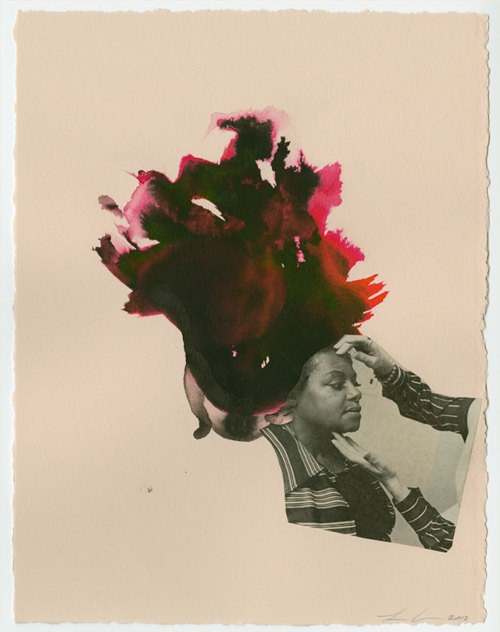
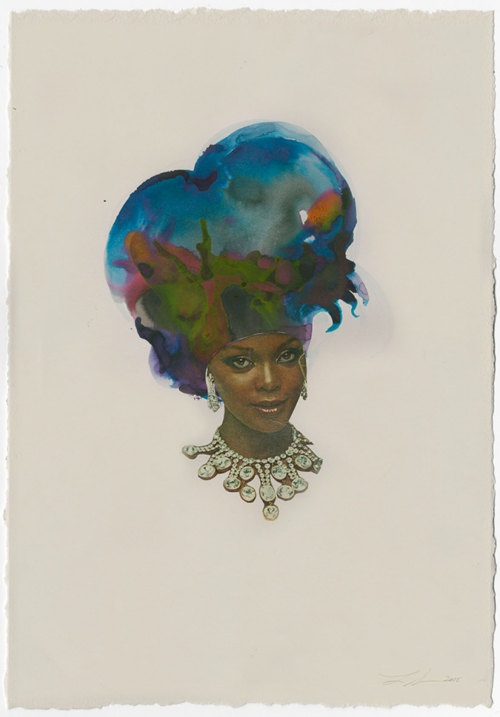
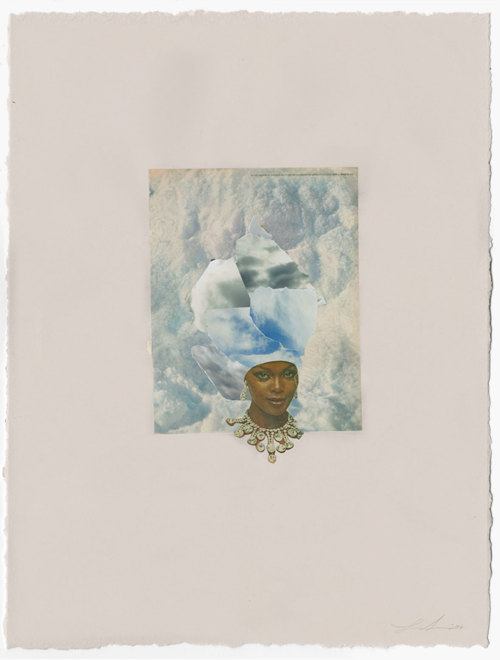
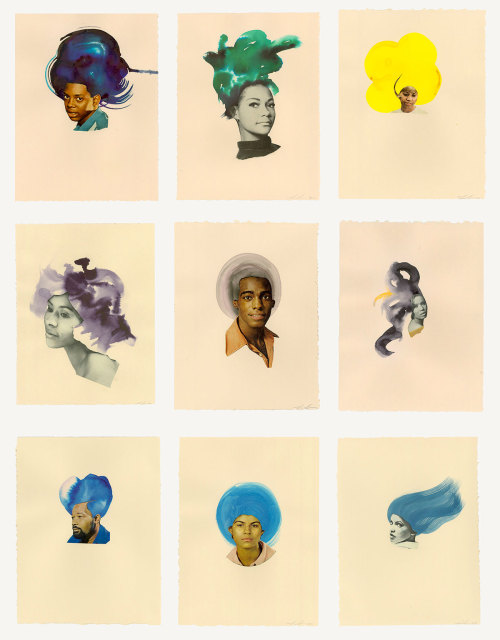
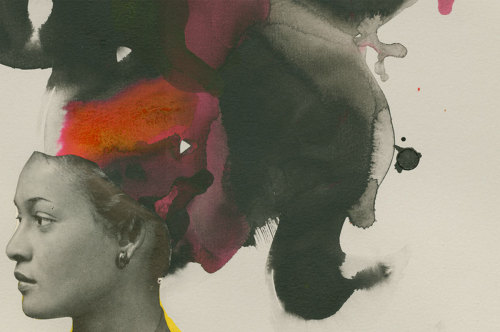

Morocco’s ‘My name is not Negro’ campaign
According to an AlJazeera report Sub-Saharan Africans are most vulnerable to attacks in North African countries not just because of their skin colour but also because being black is associated with being undocumented and hence being a threat to people’s safety. In people’s minds, black skin equals undocumented. We see it with the case of Toussaint Mianzoukouta, a Congolese teacher who had his papers and was arrested by accident and then killed while being transported by the authorities. Activist Dhoruba Bin-Wahad had this to say about the current relationship between Sub-Saharan Africans and North African Arabs.
"Much of North Africa’s Arab population exhibit anti-Black and anti-Sub-Sahara African prejudice and behave in a condescending and arrogant fashion when dealing with Black Africans - even though many of them are of darker complexion than those they’re hating on! This is true in Egypt, Algeria, Tunisia, and Libya, and especially true of the Wahabi Saudis. Which tell you that "skin" color is really not the basis for Arab ignorance but history and the geopolitics of conquests and empire. The attitudes exhibited by Arab Morrocans toward Black Africans is also alive and well right here in the US among the immigrant Muslim Arab population, who’s leaders, mostly from well off or educated backgrounds back in their country of origin, redly congregate in exclusive enclaves that wholly identify with the institutional racism of Law enforcement, and Businesses that exploit poor working class communities of color. Their contempt for Africans is thinly veiled but rears is ugly face whenever African-Americans challenge racism and the violence of the Police State, and often times their distain is barely detectable until there is a crisis that threatens their position in White supremacist America’s hierarchy of Racial worth, i.e., "Rag-heads" and "camel-jockeys" are barely a step up from "Niggers" and "Wetback" Mexicans. Nonetheless, in the US the economic, racial, and cultural division and class struggles that permeate the America’s Muslim population, (a minority of whom are actually of North African Arab origin) are papered over with an almost satis and subservient Islamic facade that does not engage America’s institutional racism - in fact encourage collaboration with and respect of "those in power over you". A principle that would have never served Africa’s enslaved in America well - but which suits institutional racism and the Rich"
A Moroccan campaign that denounces racism against black people has stirred significant controversy about the integration of migrants into the North African country.
Last month, the anti-racism collective, Papers for All launched a traditional- and social-media blitz, with photos, banners and T-shirts reading “Massmytich Azzi” (“My name is not Negro,” in Moroccan Arabic). The campaign came just a few months after the Moroccan government, which has been widely criticised over its treatment of sub-Saharan Africans, launched an initiative to document migrants.
Last year, a number of migrants died after being subjected to police brutality or racist acts, prompting human rights groups to intensify their efforts to force the government to act and sensitise Moroccans to the issue.
Photo-A.P
Read more- www.aljazeera.com/english
-
 fahhhnessaa liked this · 5 months ago
fahhhnessaa liked this · 5 months ago -
 danse-macabre-director reblogged this · 5 months ago
danse-macabre-director reblogged this · 5 months ago -
 thestarninja liked this · 5 months ago
thestarninja liked this · 5 months ago -
 unshackl3d reblogged this · 5 months ago
unshackl3d reblogged this · 5 months ago -
 butisitartphoto liked this · 5 months ago
butisitartphoto liked this · 5 months ago -
 redshift-13 liked this · 5 months ago
redshift-13 liked this · 5 months ago -
 hangtime23-blog liked this · 5 months ago
hangtime23-blog liked this · 5 months ago -
 kanizsacollage reblogged this · 5 months ago
kanizsacollage reblogged this · 5 months ago -
 saucerkommand reblogged this · 5 months ago
saucerkommand reblogged this · 5 months ago -
 saucerkommand liked this · 5 months ago
saucerkommand liked this · 5 months ago -
 gahl-lak-tus reblogged this · 5 months ago
gahl-lak-tus reblogged this · 5 months ago -
 melhorsemsutia liked this · 2 years ago
melhorsemsutia liked this · 2 years ago -
 maraschino-cherries liked this · 3 years ago
maraschino-cherries liked this · 3 years ago -
 18-15n-77-30w liked this · 6 years ago
18-15n-77-30w liked this · 6 years ago -
 paradisearoundthecorner liked this · 7 years ago
paradisearoundthecorner liked this · 7 years ago -
 purnsz reblogged this · 8 years ago
purnsz reblogged this · 8 years ago -
 markruffinstudio reblogged this · 8 years ago
markruffinstudio reblogged this · 8 years ago -
 badnewsfromouterspace reblogged this · 8 years ago
badnewsfromouterspace reblogged this · 8 years ago -
 earthlingsdearie reblogged this · 8 years ago
earthlingsdearie reblogged this · 8 years ago -
 strawberrymeats liked this · 8 years ago
strawberrymeats liked this · 8 years ago -
 russelllouder liked this · 9 years ago
russelllouder liked this · 9 years ago -
 fruitygranny-blog1 reblogged this · 9 years ago
fruitygranny-blog1 reblogged this · 9 years ago -
 musicalchef-94 liked this · 9 years ago
musicalchef-94 liked this · 9 years ago -
 bowie-nyc-blog liked this · 9 years ago
bowie-nyc-blog liked this · 9 years ago -
 98rainbow liked this · 9 years ago
98rainbow liked this · 9 years ago -
 quitabelle reblogged this · 9 years ago
quitabelle reblogged this · 9 years ago -
 monokeemono reblogged this · 10 years ago
monokeemono reblogged this · 10 years ago -
 monokeemono liked this · 10 years ago
monokeemono liked this · 10 years ago -
 softmetalheart reblogged this · 10 years ago
softmetalheart reblogged this · 10 years ago -
 softmetalheart liked this · 10 years ago
softmetalheart liked this · 10 years ago -
 heartinamitten reblogged this · 10 years ago
heartinamitten reblogged this · 10 years ago -
 captain-starskull reblogged this · 10 years ago
captain-starskull reblogged this · 10 years ago -
 mysterious-kino liked this · 10 years ago
mysterious-kino liked this · 10 years ago -
 pyredyke reblogged this · 10 years ago
pyredyke reblogged this · 10 years ago -
 pyredyke liked this · 10 years ago
pyredyke liked this · 10 years ago -
 tylanderrr reblogged this · 10 years ago
tylanderrr reblogged this · 10 years ago -
 roseeewater liked this · 10 years ago
roseeewater liked this · 10 years ago -
 0-p01ssum liked this · 10 years ago
0-p01ssum liked this · 10 years ago -
 thatblerdoverthere liked this · 10 years ago
thatblerdoverthere liked this · 10 years ago

"Of whom and of what are we contemporaries? And, first and foremost, what does it mean to be contemporary?" Giorgio Agamben, Qu’est-ce que le contemporain?, Paris, Rivages, 2008. Photo: Icarus 13, Kiluanji Kia Henda
201 posts

